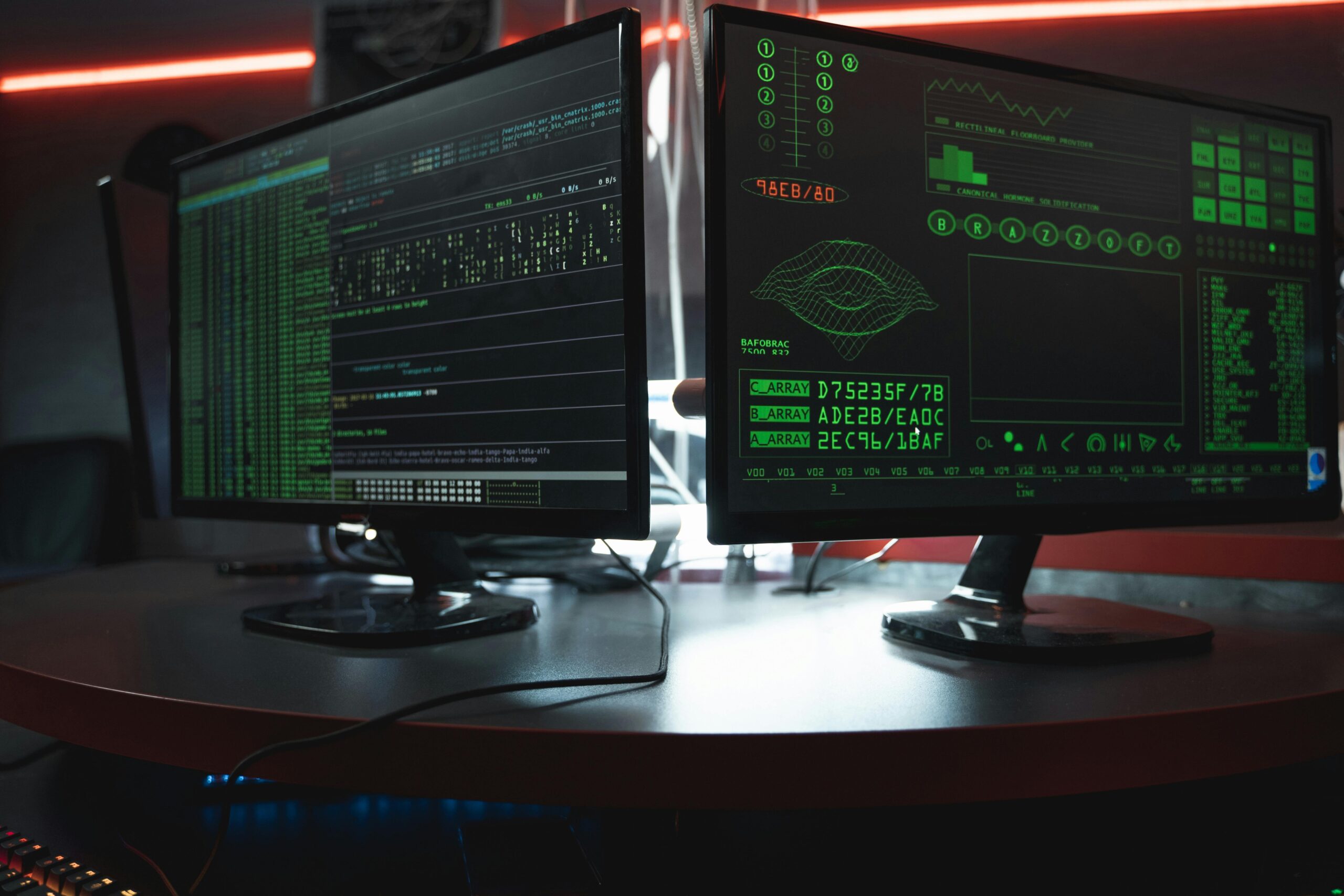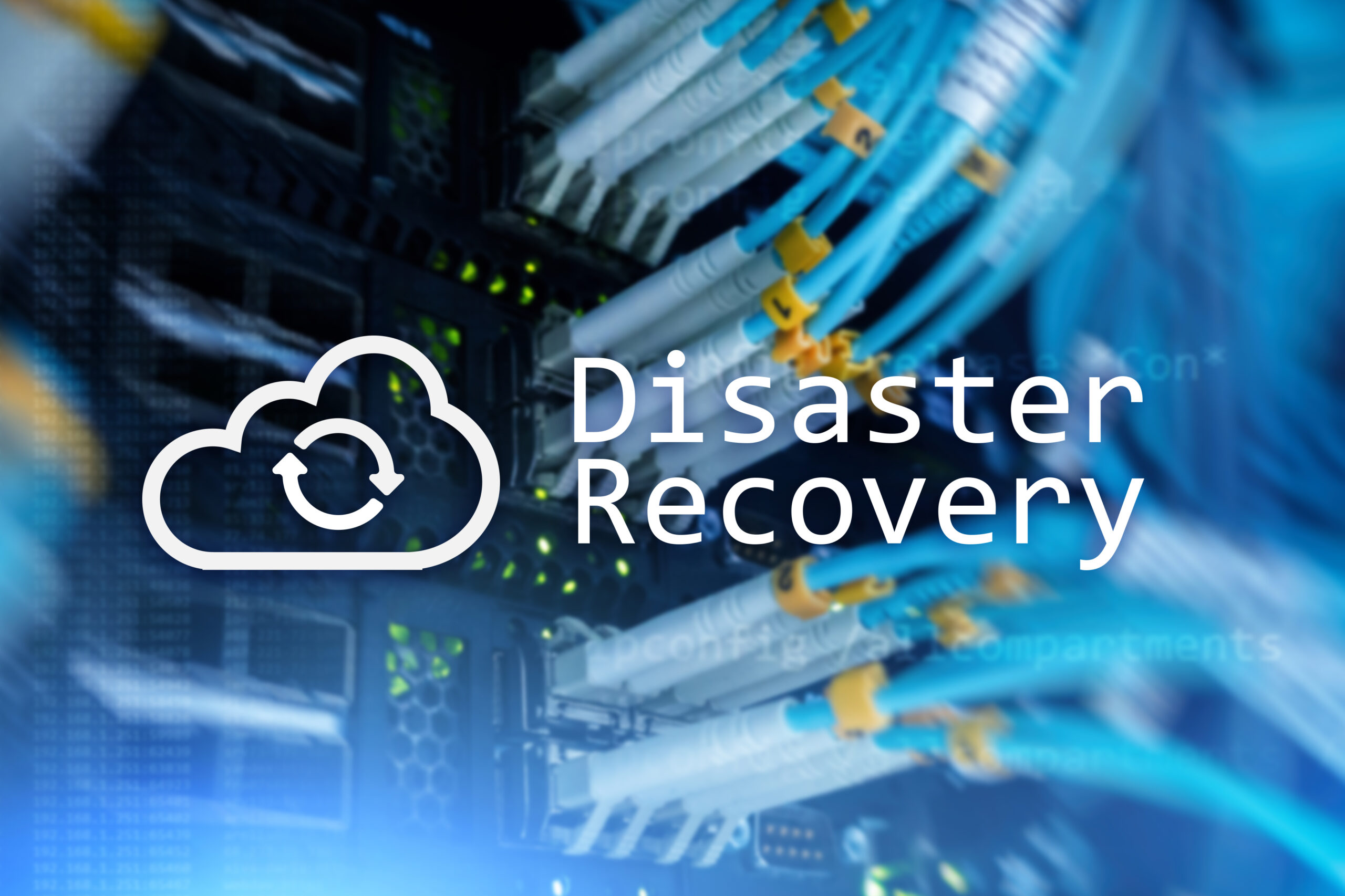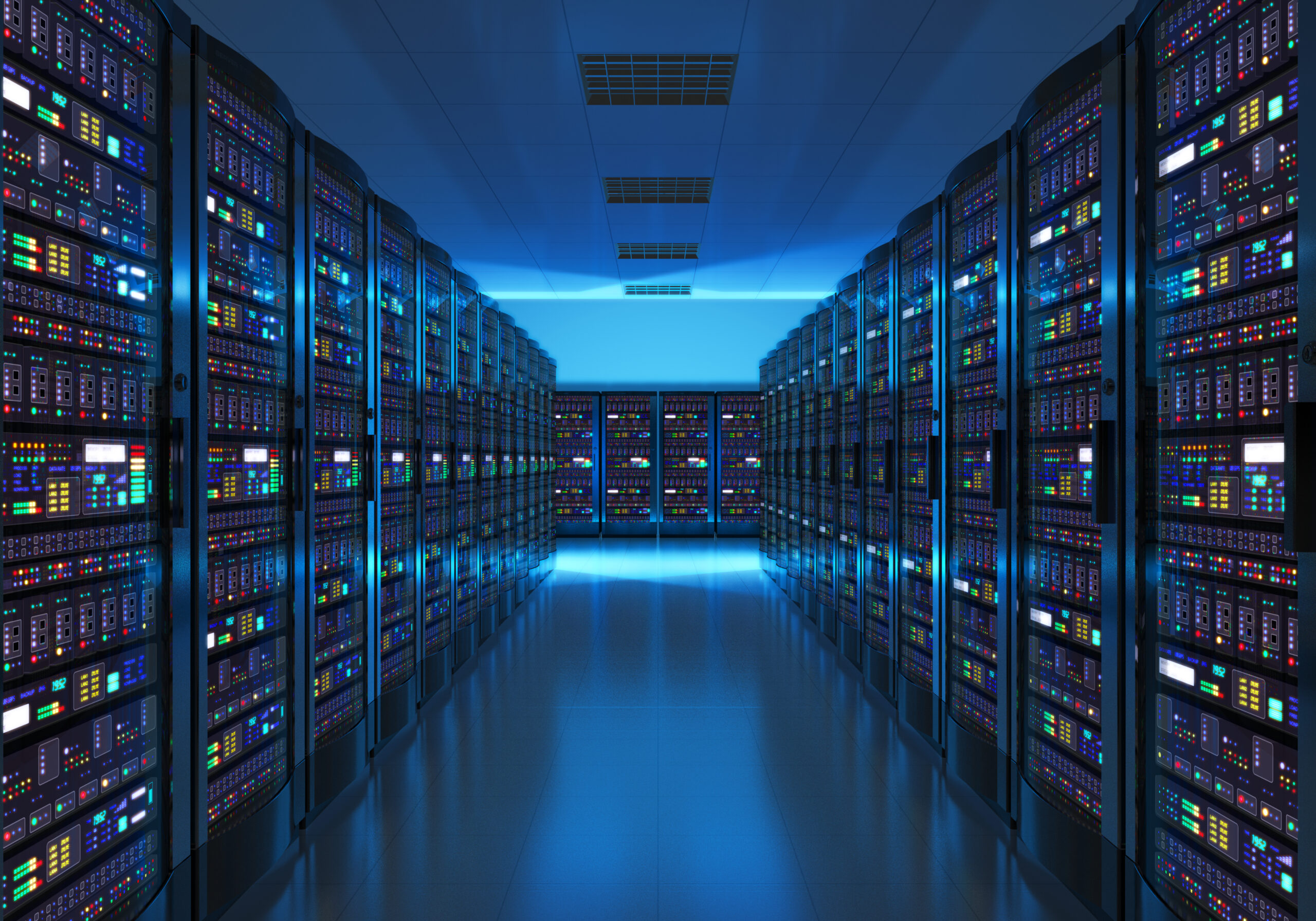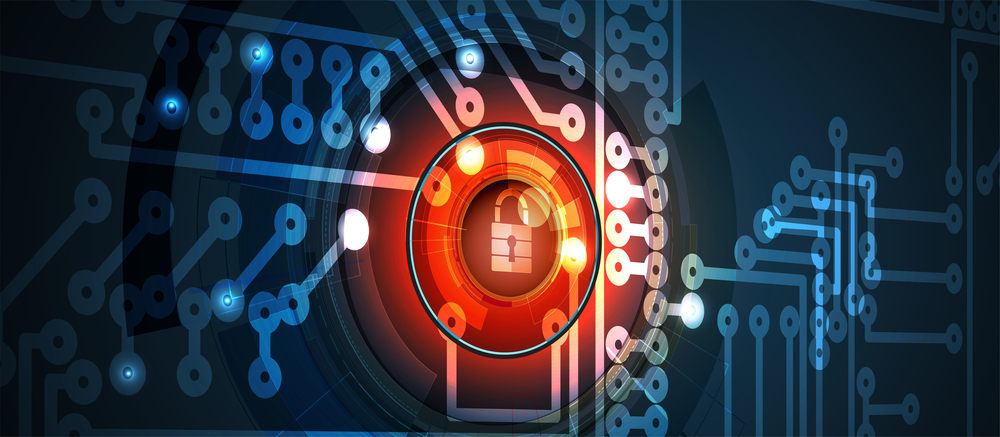In the realm of cybersecurity, communication is the linchpin that holds together the intricate web of defense strategies. For CEOs, CIOs, and CISOs, the ability to convey complex security measures in a clear and actionable manner is crucial to maintaining organizational integrity and trust. This article examines the pivotal role of cybersecurity communications, offering a comprehensive guide for leaders and professionals seeking to enhance their communication frameworks. By embracing innovative communication strategies, organizations can not only mitigate risks but also inspire confidence and collaboration across all levels, paving the way for a secure and prosperous future.
What are Cybersecurity Communications?
Cybersecurity communications encompass the strategic exchange of information related to the protection of digital assets, data privacy, and sensitive data within an organization. This involves crafting clear, concise, and timely messages that inform and guide stakeholders—from executives and IT teams to employees and external partners—on best practices, potential threats, and response protocols. Effective cybersecurity communications are essential for fostering a culture of awareness and vigilance, ensuring that everyone understands their role in safeguarding the organization. By integrating these communications into the broader cybersecurity strategy, organizations can enhance their preparedness, streamline incident response, and maintain trust with customers and partners, ultimately fortifying their defenses against ever-evolving cyber threats.
How Does Effective Communication Contribute to an Organization’s Cybersecurity Posture?
Enhancing Awareness and Education
Effective communication is a vital tool in elevating an organization’s cybersecurity posture by fostering a culture of awareness and education about phishing, malware, and other potential threats. By disseminating clear and consistent messages about potential threats and security protocols, organizations empower their employees to recognize and respond to cyber risks proactively. Regular training sessions, newsletters, and updates ensure that everyone, from the C-suite to entry-level staff, is informed about the latest cybersecurity trends and best practices. This collective awareness significantly reduces the likelihood of human error, which is often a primary vector for cyber attacks.
Streamlining Incident Response
In the event of a cybersecurity incident, the speed and clarity of communication can make all the difference in mitigating damage. Effective communication protocols ensure that incident response teams are promptly alerted and equipped with the necessary information to act swiftly. By establishing predefined communication channels and response plans, organizations can coordinate efforts across departments, minimizing confusion and delays. This streamlined approach not only curtails the impact of breaches but also reinforces the organization’s resilience and ability to recover quickly.
Building Trust and Transparency
Trust and transparency are foundational to maintaining strong relationships with customers, partners, and stakeholders. Effective cybersecurity communications play a crucial role in building this trust by demonstrating an organization’s commitment to safeguarding data and privacy. By openly communicating about security measures, such as the implementation of a firewall and encryption, potential risks, and incident responses, organizations can reassure stakeholders of their proactive stance on cybersecurity. This transparency not only enhances the organization’s reputation but also fosters a collaborative environment where stakeholders feel confident in their interactions and investments.
Supporting Compliance and Risk Management
Navigating the complex landscape of cybersecurity regulations and standards requires robust communication strategies. Effective communication ensures that compliance officers and risk managers are well-informed about regulatory requirements and organizational policies. By facilitating the exchange of information between departments, organizations can identify vulnerabilities, assess risks, and implement necessary controls more efficiently. This proactive approach to compliance and risk management not only minimizes potential liabilities but also strengthens the organization’s overall cybersecurity framework.
Who Needs to Be Involved in Cybersecurity Communications?
Cybersecurity communications require a collaborative effort involving a diverse array of stakeholders within and outside an organization. At the helm are business executives and decision-makers, such as CEOs, CIOs, and CISOs, who set the strategic direction and ensure alignment with organizational goals. IT and cybersecurity professionals, including managers and analysts, are crucial for implementing technical measures such as authentication and coordinating internal communications.
Crisis management teams play a pivotal role during incidents, ensuring timely and clear communication to mitigate impacts. Compliance officers and risk managers oversee adherence to regulations and manage vulnerabilities. Public relations and communication specialists are essential for managing the organization’s reputation and crafting messages for external audiences.
Additionally, employees and end users must be engaged and informed, as their awareness and behavior are critical in preventing breaches. Finally, collaboration with government and regulatory bodies, technology vendors, and consultants ensures that the organization remains compliant and up-to-date with the latest cybersecurity practices and tools. This comprehensive involvement ensures a robust and resilient cybersecurity posture.
What are the Challenges in Cybersecurity Communications?
Cybersecurity communications face several challenges that can impede an organization’s ability to effectively manage and mitigate cyber threats. One significant hurdle is the complexity of translating technical jargon into clear, actionable information that can be understood by non-technical stakeholders, including executives and general staff.
This communication gap can lead to misunderstandings and inadequate responses to potential threats. Additionally, the rapidly evolving nature of cyber threats requires organizations to constantly update their communication strategies, which can strain resources and lead to inconsistencies. Ensuring timely and accurate information flow during a crisis is another challenge, as delays or misinformation can exacerbate the impact of a breach.
Furthermore, maintaining transparency while safeguarding sensitive information is a delicate balance that organizations must navigate to preserve trust and compliance. Overcoming these challenges requires a concerted effort to develop robust communication frameworks that are adaptable, inclusive, and aligned with the organization’s broader cybersecurity objectives.
How Can Organizations Improve Cybersecurity Communications?
Organizations can significantly enhance their cybersecurity communications by adopting a strategic, multi-faceted approach that prioritizes clarity, consistency, and engagement. First, developing a comprehensive communication plan that outlines roles, responsibilities, and protocols ensures that all stakeholders are aligned and informed.
Regular training sessions and workshops can bolster employee awareness and preparedness, empowering them to recognize and respond to threats effectively. Leveraging technology, such as secure communication platforms and automated alerts, can streamline information dissemination and ensure timely responses.
Additionally, fostering an open and transparent culture encourages employees to report potential threats without fear of repercussions, thereby enhancing the organization’s overall security posture. By continuously evaluating and refining communication strategies based on feedback and emerging threats, organizations can maintain a proactive stance, ensuring that their cybersecurity communications remain robust and effective in an ever-evolving digital landscape.
Tips for Effective Cybersecurity Communications
- Simplify Technical Language: To bridge the gap between technical and non-technical stakeholders, it’s crucial to translate complex cybersecurity concepts into clear, accessible language. Use analogies, visuals, and straightforward explanations to ensure everyone, from executives to end users, understands the risks and necessary actions. This approach fosters a more informed and engaged workforce, capable of making sound decisions in the face of cyber threats.
- Establish Clear Communication Channels: Designate specific channels for cybersecurity communications to ensure that information is disseminated efficiently and reaches the right audience. Whether through emails, intranet updates, or dedicated messaging platforms, having predefined channels helps streamline the flow of information, reducing confusion and ensuring that critical updates are not missed.
- Regular Training and Awareness Programs: Implement ongoing training sessions and awareness campaigns to keep employees informed about the latest cybersecurity threats and best practices. Interactive workshops, simulations, and e-learning modules can reinforce key messages and encourage proactive behavior. Regular updates ensure that cybersecurity remains a top priority and that employees are equipped to respond effectively to emerging threats.
- Develop a Crisis Communication Plan: Prepare a comprehensive crisis communication plan that outlines roles, responsibilities, and procedures for handling cybersecurity incidents. This plan should include templates for internal and external communications, ensuring that messages are consistent and timely. By rehearsing these plans through simulations and drills, organizations can enhance their readiness and minimize the impact of potential breaches.
- Foster a Culture of Transparency and Trust: Encourage open dialogue about cybersecurity issues and create an environment where employees feel comfortable reporting suspicious activities without fear of repercussions. Transparency in communication builds trust and collaboration, enabling the organization to respond more effectively to threats. Regularly sharing updates on cybersecurity initiatives and successes also reinforces the organization’s commitment to safeguarding its digital assets.
Conclusion
In conclusion, effective cybersecurity communications are the linchpin of a robust defense strategy, empowering organizations to navigate the complex and ever-evolving landscape of digital threats with confidence and agility. By prioritizing clear, consistent, and inclusive communication, organizations can foster a culture of awareness and preparedness that permeates every level of the enterprise. From simplifying technical language and establishing clear channels to implementing regular training and developing crisis communication plans, these strategies ensure that all stakeholders are informed, engaged, and ready to act. As organizations continue to embrace transparency and trust, they not only enhance their cybersecurity posture but also build enduring relationships with customers, partners, and employees. By continuously refining their communication frameworks, organizations can transform challenges into opportunities for growth, resilience, and innovation in the digital age.
Final Thoughts
Is your business equipped to handle the demands of today’s cybersecurity challenges? At Buzz Cybersecurity, we are dedicated to providing exceptional solutions that safeguard your organization from the latest cyber threats. Our holistic defense strategies include managed IT services, cutting-edge cloud solutions, and effective ransomware protection. With our team of specialists supporting you, your digital assets will be protected, ensuring your business remains strong and adaptable in the face of today’s rapidly changing cybersecurity landscape.








